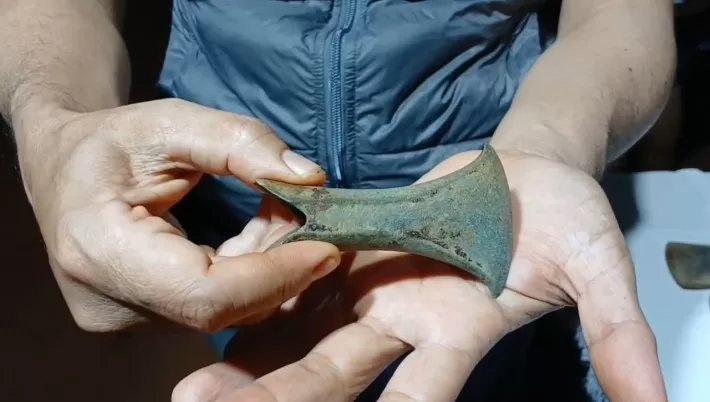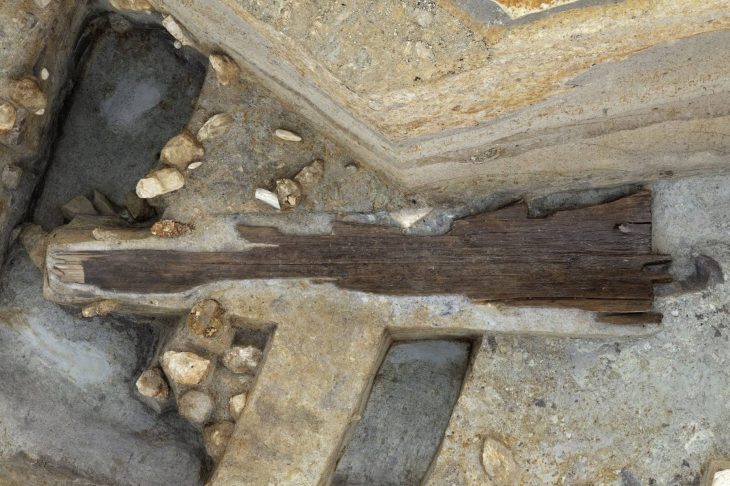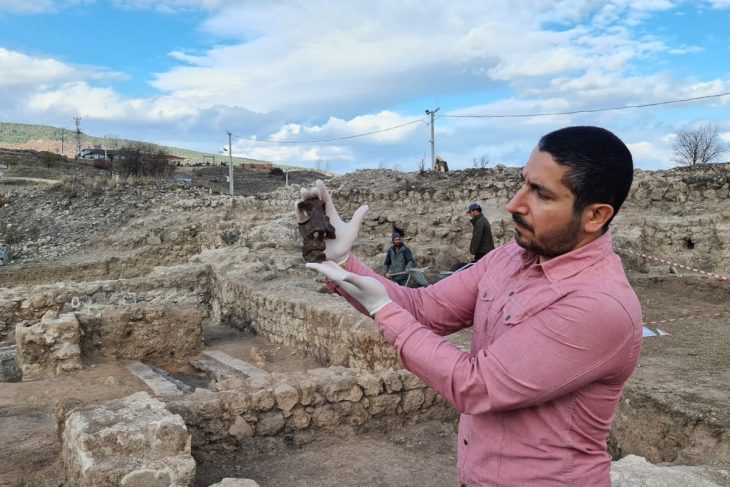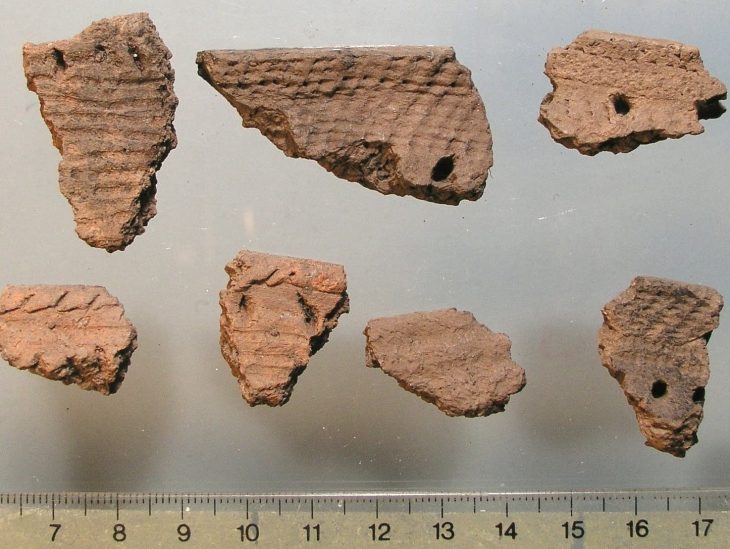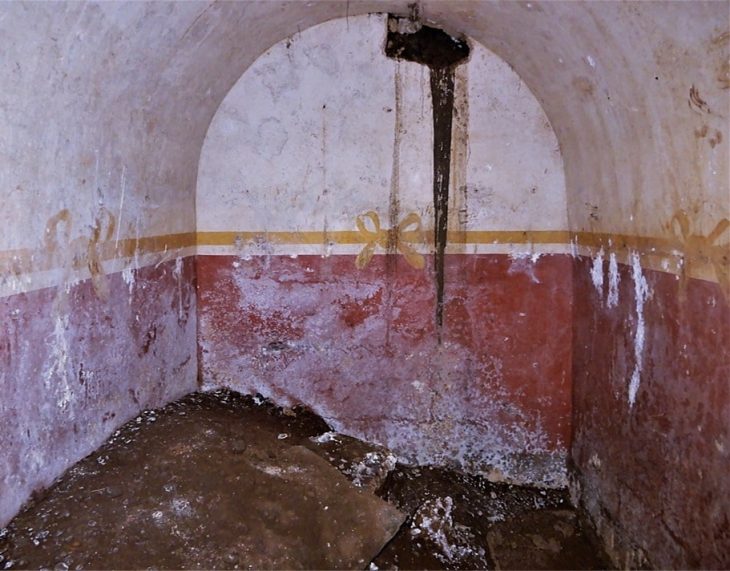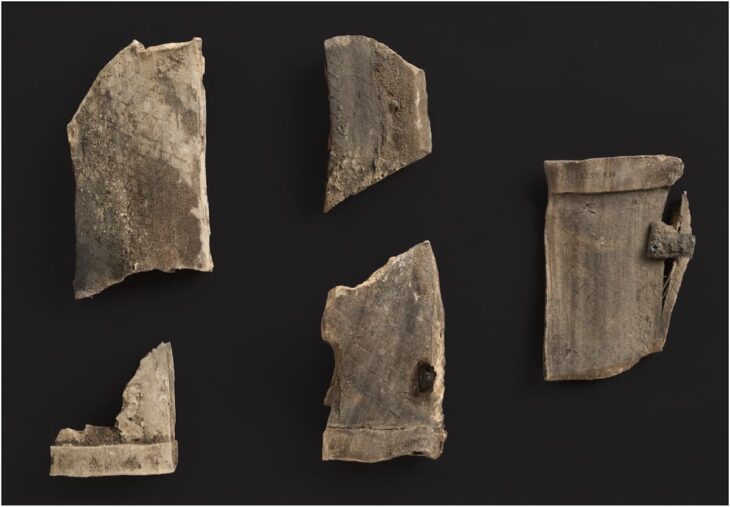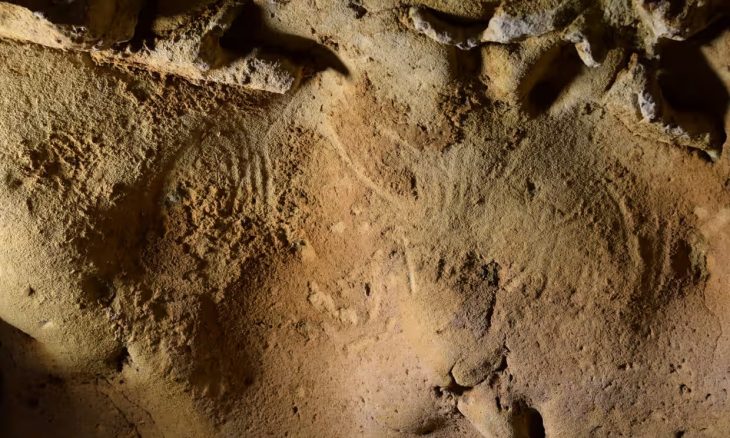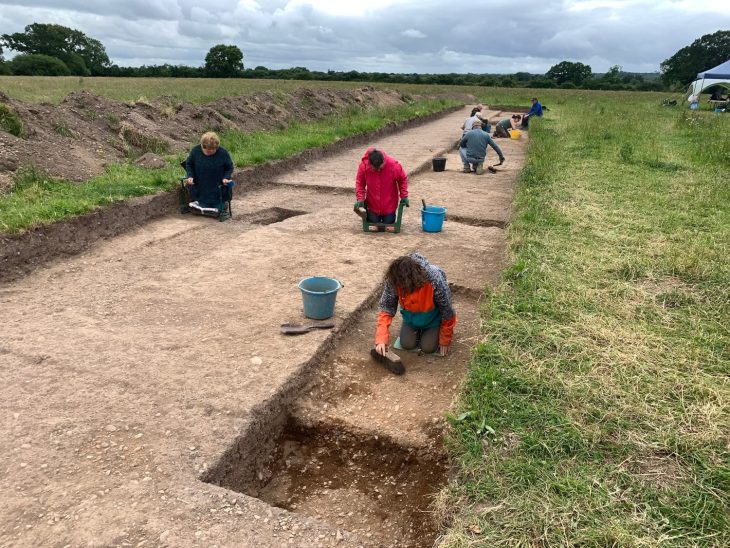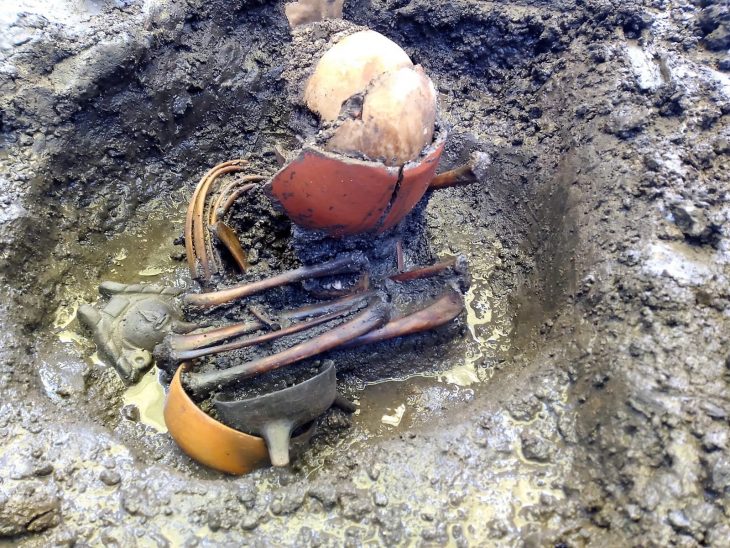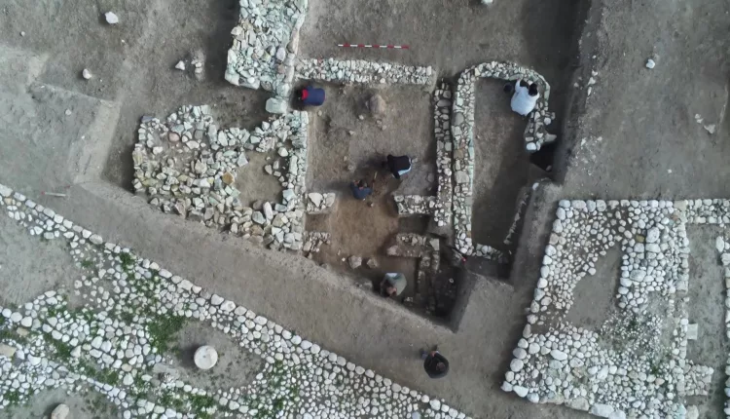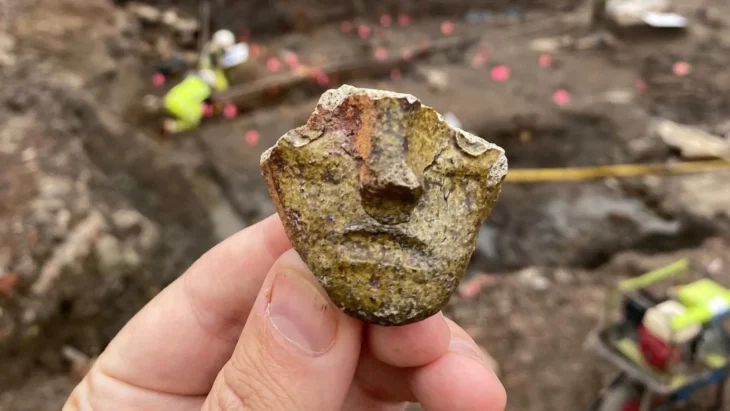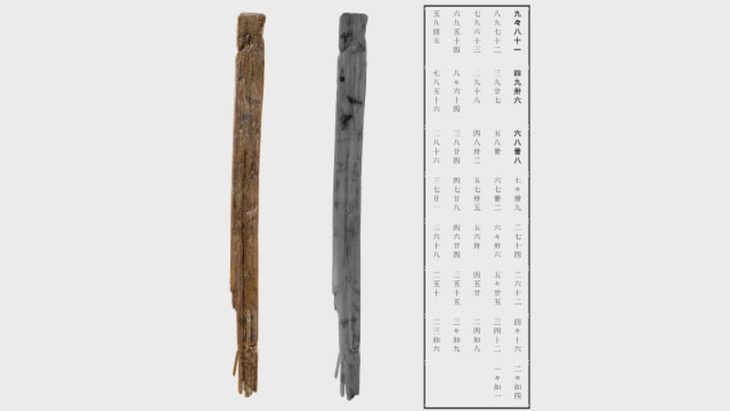A rare Bronze Age conical axe, over 3,000 years old and possibly crafted from meteorite metal, has been recently discovered in Indonesia, stunning archaeologists and historians alike.
Believed to be the first of its kind in the region, this extraordinary artifact offers new insights into the advanced metalworking techniques and social practices of ancient Borneo communities, highlighting the rich heritage of even remote parts of the island.
The axe emerged from the collection of a local villager, who had preserved it alongside other artifacts found while panning for gold. Among these items were ancient beads from the Dayak tribe and traditional stone axes, but the conical axe immediately captured the attention of experts for its unique shape, intricate craftsmanship, and possible meteorite origin.
Young archaeologist Ida Bagus Putu Prajna Yogi was among the first to examine the find. “In all my years studying Kalimantan’s archaeology, I have never seen a conical axe like this,” she said. Her observation underscores the rarity and significance of the discovery.
Hartatik, a member of the Banjar Regency Cultural Heritage Expert Team (TACB), explained that the conical axe—locally known as “Gigi Petir” or Untu Gledek—carries both cultural and historical importance. While local legends suggest such objects appear where lightning strikes, scientists propose that it may have been crafted using advanced metalworking techniques, possibly even from melted meteorite material.
📣 Our WhatsApp channel is now LIVE! Stay up-to-date with the latest news and updates, just click here to follow us on WhatsApp and never miss a thing!!
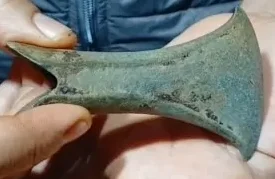
Unlike ordinary stone axes, the conical axe was likely not intended for chopping or cutting. Its small size and artistic design suggest that it served as a symbol of social status or a trade item. “It represents both artistry and social hierarchy, reflecting the culture of Bronze Age communities in Kalimantan,” Hartatik noted.
Experts stress that verifying the artifact’s authenticity is critical. Understanding the context of its discovery—including when and how it was found and whether it was inherited or directly uncovered—is essential to ensure historical accuracy and guard against forgery.
The appearance of this rare axe provides compelling evidence that ancient Kalimantan communities had moved beyond the Stone Age, employing sophisticated metalworking skills for symbolic, social, and possibly ceremonial purposes. The discovery also emphasizes the importance of preserving local heritage, showing how even isolated areas can hold invaluable insights into Indonesia’s past.
TACB and the National Research and Innovation Agency (BRIN) are coordinating with authorities to conduct further analysis and authentication. If confirmed, this discovery will position the find as a landmark in the study of Bronze Age Indonesia, with potential to redefine understanding of early Borneo societies and their technological capabilities.
This exceptional find not only captivates archaeologists but also highlights the enduring mysteries of Indonesia’s rich cultural landscape. As studies continue, the Bronze Age conical axe may reveal even more about the ingenuity, artistry, and social complexity of ancient communities in Borneo.
Cover Image Credit: MADA FOR RADAR BANJARMASIN

